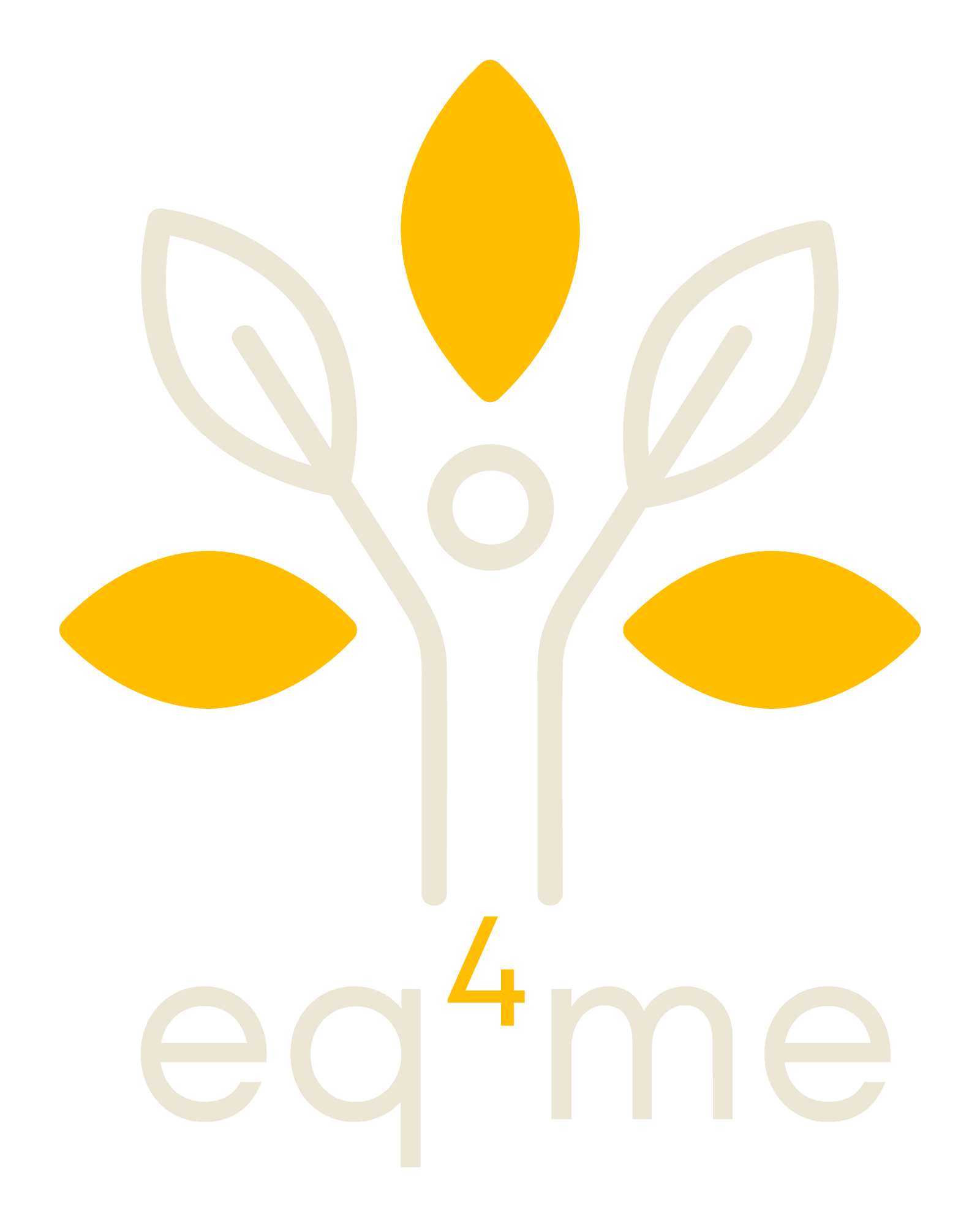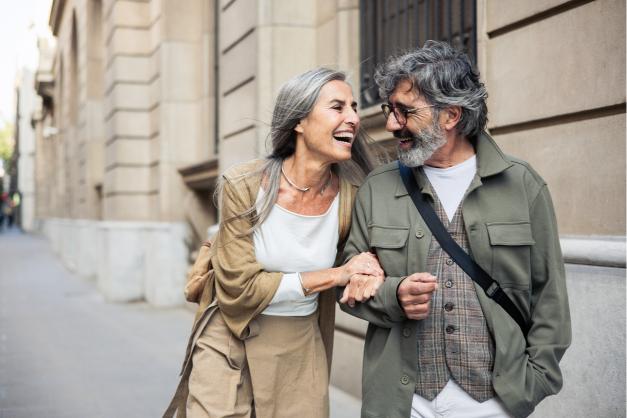How do positive emotions affect creative thinking?
I think when we are happy, and there are different intensities of happiness like feeling ecstatic, joyful or pleasant, we tend to create happy things.
When we feel happy with the world around us this emotion helps us to become playful and silly and allows our imagination to see remote connections and come up with different ideas quickly.
Happiness can be induced by any number of activities including taking a leisurely walk in the countryside, enjoying a delicious meal, having a delightful conversation with an interesting person or listening to beautiful music which inspires in us feelings of elation or hope which may be conducive to coming up with new ideas or having visions of “what might be” as opposed to “what is”.
The exciting expectation and energy we derive from creating in a happy space drives us to convert our ideas into tangible innovations. When you are involved in a creative enterprise and time seems to stand still because you are engrossed in what you are doing you have entered into a mind space we call “creative flow”. Anyone who has experienced this flow will tell you that it is truly wonderful. When you are in flow the joy of creating can fuel progress in a task and provide the intensity required to concentrate for hours.
A musician might create a beautiful song by remembering the feeling they have for a loved one and allow this feeling to flow through their fingers as they play a musical instrument.
As a poet, I have used my emotions to help me write poems all my life. Some poems are happy, and some are decidedly sad and cathartic.
For example, here is a happy and playful poem which shows how happy emotions can flow through you to create interesting outcomes entitled A Million Miles from Normal:
A million miles from normal
in a land of mystery and wonder,
where grandfather clocks speak
and floor mops smile,
I hear raindrops pop
on the windowsill of my muse,
I swim in deep waters
to find the fountain of my joy,
I let go of wanting
to find rest in your secret garden,
I open up my soul
to find you there,
in my heart.
Henri Matisse once said, “There are always flowers for those who want to see them” and so it is with creating. If you seek to connect with love, for example, love will flow through you and show itself in your creative expression whether it is a poem, a painting or an innovative product design.
How do negative emotions affect creative thinking?
You will recall that out of the five core emotions, four are essentially negative emotions, namely, anger, sadness, fear and shame.
As I have expressed, all emotions are important and denying their importance leads to a lack of insight and the potential for inner healing and creativity.
Anger, for example, warns us about an injustice or endangerment. Sadness tells us we experienced loss. Fear, whether real or imagined, tells us something is out of balance. Shame, whether real or imagined is a mirror of our perception of self.
These unpleasant emotions can inspire ideas for change. Frustration, an emotion which has its root in anger, for example, tells us there is a problem and can inspire us to find solutions. Josephine Cochrane, who invented the dishwasher was frustrated when her helpers kept breaking her favourite china. Apoorva Mehta developed a grocery app called Instacart after being inspired by an intense dislike of the grocery shopping experience.
All emotions can be used as a source of inspiration and information for creativity as well as critical thinking. When we feel pessimistic we are more likely to achieve tasks that are more detailed and require analytical thinking like proofreading, balancing our budgets or preparing financial projections for a business plan.
Indeed, after generating novel ideas through the process of brain storming, which is helped by happy, jovial feelings, one needs to become more serious when analysing the practical implications of your ideas like cost and functionality.
Creativity is more than just coming up with ideas. Vincent Van Gogh did not just have an idea to paint sunflowers; he actually painted them. Ernest Hemingway did not just have an idea for a story about an old fisherman who battles with a giant Marlin; he actually wrote it.
I think it is very empowering to note that people don’t need to be happy to think creatively. We can come up with creative ideas and channel our energy by tapping into emotions like nostalgia, sympathy and frustration.
Actors are masters at conjuring up their personal memories to channel their feelings into the characters they play, making the experience for viewers vivid and believable.
Creative people understand the link between emotions and the goals they want to achieve and select tasks to capitalise on this relationship.
Our ability to use our emotions, whether positive or negative, pleasant or unpleasant to help our thinking and decision making can make all the difference. You can either react to your feelings unconsciously or you can proactively use them effectively in the creative process.
Edvard Munch, the Norwegian expressionist painter, channelled his unpleasant feelings into The Scream, one of the most iconic paintings of all time that has moved millions of people. Munch said about his painting, “I was walking down the road with two friends when the sun set; suddenly the sky turned as red blood. I stopped and leaned against a fence, feeling unspeakably tired. Tongues of fire and blood stretched over the bluish-black fjord. My friends went on walking, while I lagged behind, shivering in fear. Then I heard the enormous infinite scream of nature.”
To show you how creative thinking can be inspired by negative emotions here is another one of my poems entitled Sunshine’s Up Upon the Still, which was borne out of sadness and loss:
Turn away you ask me why,
fish for friends to stay?
Sunshine’s up upon the still
tapestries are far away,
try against the fly
river’s bone dry,
side-scape find-scape free,
lover’s tree, baby rock,
rock in the lee of thee,
sunshine’s up upon the still
and still you play,
at a pace that we went too,
do you know the heart of it?
The drop of death in me.
Can you see me pass me by?
So whether your source of inspiration is a pleasant or unpleasant emotion, being able to discern how you are feeling by using your emotional intelligence you can choose what kind of task to engage in which will measurably enhance your ability to think creatively and come up with new innovations.
Richard Cullinan is the founder of eq4me, a master coach and the author of 30 EQ Strategies that will change your life.




